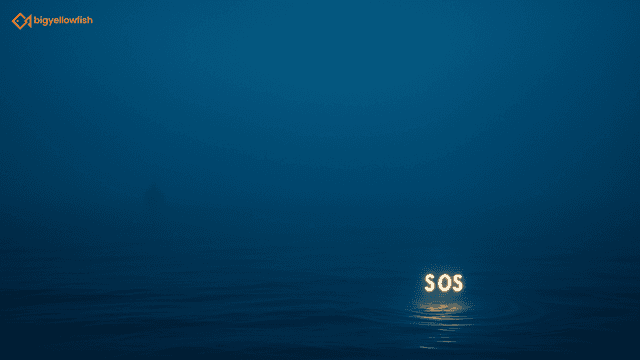
A Brief History of Job Demands and Resources model: Shaping Workplace Performance
From 1979-2006, many experts tried to design and redesign models to address concerns in the workplace. However, in 2006, psychologist Arnold Bakker and Professor Evangelia Demerouti introduced a model to tackle employee well-being and boost human performance. According to them, the then models addressed only a limited number of variables and did not apply to all sectors. Thus, the duo presented the new model (JD-R model of 2006).
The Bakker-Demerouti model puts working conditions in two categories:
Job Demands: Job demands refer to the aspects of a job that require sustained physical or psychological effort and are associated with physiological and psychological costs. These demands can be related to workload, time pressure, emotional demands, physical demands, cognitive demands, role ambiguity, and interpersonal conflicts. Job demands can deplete an individual’s energy and contribute to stress and strain if they exceed their resources.
Job Resources: Job resources are the physical, psychological, social, or organisational aspects of a job that help individuals achieve work goals, reduce job demands, and promote growth, learning, and development. Examples of job resources include social support from colleagues and supervisors, feedback, autonomy, opportunities for skill development and training, adequate tools and equipment, clear job expectations, and opportunities for career advancement. Job resources are essential for buffering the adverse effects of job demands, promoting well-being, and enhancing engagement and performance.
The JD-R model suggests that job demands and resources are crucial in determining employee well-being and performance. High job demands without sufficient job resources can lead to burnout, stress, and decreased performance. Conversely, employees with access to adequate job resources are likelier to experience engagement, motivation, and better performance, even in high job demands.
Are you regularly assessing the job demands placed at your workplace? Are you striving to maintain a balance between job demands and job resources within your organisation? How do you address situations where job demands outweigh available resources, leading to potential adverse outcomes? Does your workplace technology aid in this process? Watch this space to know more.
- Industry
- Well-being

The Silent Decline: Why Men Are Losing Testosterone Faster Than Ever
There’s a quiet crisis playing out in men’s health and it has nothing to do with fitness trends or protein shakes. It’s testosterone. And it’s falling fast. Studies show that men today have 20-30% lower testosterone levels than men of the same age two decades ago. That’s not genetics, that’s lifestyle. Every year, the numbers […]

Invisible Emergencies
“Help. Help. Help. I am drowning.” “Maybe we can come back tomorrow to rescue this poor lad… I’m sure they can hang in a little longer…” said no one ever. Because physical injury is visible. The need for repair seems obvious. It’s instinctual to identify a human in crisis — an accident, a burn, a […]

 Workplace Well-being
Workplace Well-being Reinforced Learning
Reinforced Learning Collaboration
Collaboration